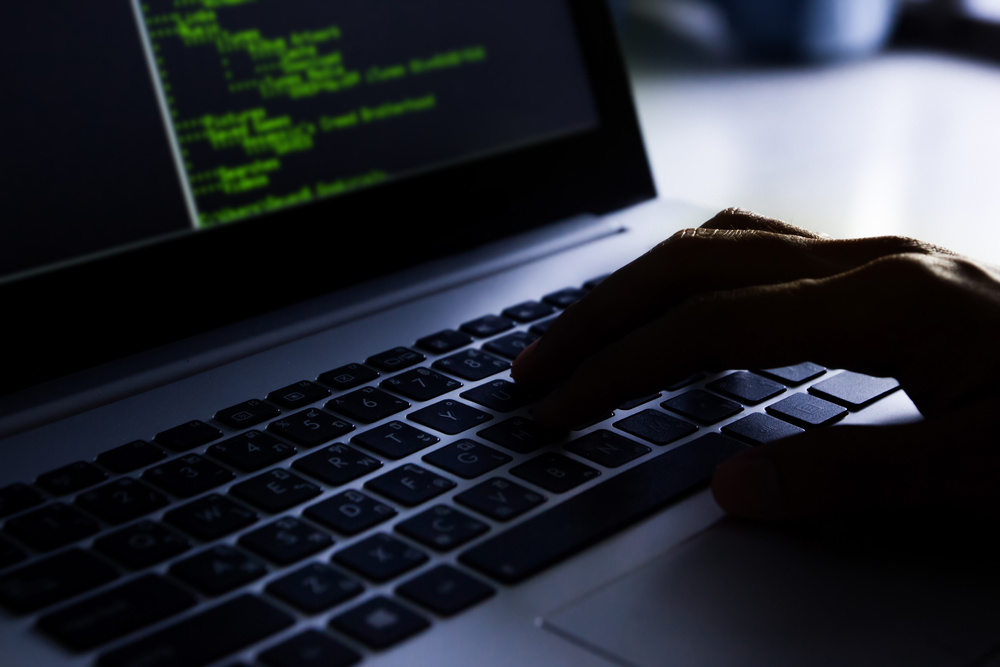Riskware is an area of cybersecurity it’s important to be aware of in a personal and business sense.
So what is riskware, if you haven’t heard of it? It’s essentially a term used to refer to both legitimate and illegitimate software that can be vulnerable to a cyberattack or cyber threat. These are functional programs that still have vulnerabilities that can be exploited and targeted by hackers. Any software with a chance of causing damage through infiltration by malicious users is riskware.
Riskware, in that sense, isn’t always malware.
The following are key things every person should proactively know about riskware.
1. Spotting Riskware
Riskware isn’t always a malware threat that an antivirus program will be able to spot, so you may have to check for vulnerabilities manually. Outdated operating systems and apps that a developer is no longer updating can be especially vulnerable to malicious users. These tend to automatically be categorized as riskware.
Software terms and conditions can also indicate riskware. If there are two programs interacting and one disables the features of the other, the one that disables the features could be riskware.
You also have to check that you authorized permissions for a program. Any permission you didn’t authorize directly can be a red flag of riskware.
These programs will often try to get access to the core data of a system, hardware, and internet functionality.
To identify possible threats, you can also consider if you know how certain software ended up on your system. Some riskware may be native to your operating system, but again, you need to verify that all software is directly authorized by you. Does the software allow you to do something illegal? You can protect yourself by avoiding programs solely designed for fraudulent activity.
Does the software breach terms for another app? Read the terms of services if programs interact with each other. Any software again that changes or disables an intentional feature of another program can be a red flag.
2. How It Works
Riskware offers special functions in many cases at the cost of security or legality. For example, a computer program might have system access to function on a device. Some software will have extensive access to functionality on a device or extended levels of access in a system.
Software that has deeper functionality can offer more value to users in terms of features and tools. User monitoring, app modification, and personalization are examples of valuable features that can, at the same time, be classified as riskware.
As has been touched on, the programs that we consider riskware aren’t designed to be malicious. They just have functions that can be used for those purposes. When a user has bad intentions, they can view riskware as malware, and since it is such a gray area, it’s especially difficult to manage the threat.
The software that’s risky will usually leave a system or user open to vulnerability in one of two ways. One is through data and program exploits. This is because of the vulnerability of program misuse or perhaps due to data breaches. The other vulnerability stems from legal risks because of abuse of privacy or the illegal attempts that might be made to modify programs.
Riskware often uses functions like access to the system kernel, which is the data at the core of the system, access to vital operation areas like internet functionality protocols, and modifying programs such as changing code or disabling features. Also touched on above is the potential for bad actors to take advantage of access to hardware that can gather data like microphones and cameras.
3. The Effects of Riskware
As an endpoint user, you’re going to feel the most substantial impact of riskware exploitation and misuse. For example, attackers can change riskware so that it functions as malware. Then, the cybercriminal can distribute it as either a direct or backdoor attack to load more malware onto your system.
There are so many legitimate programs that can be used by bad actors for illicit reasons, so it’s hard as an end-user to know which are the biggest risks to you.
If certain programs are installed on your computer, the user will have remote access to your device. They can then take full unauthorized control over the machine and use your computer any way they want.
4. Preventing Riskware Attacks
Antivirus solutions usually aren’t enough to determine the threat level riskware poses.
There are some things you can do to protect yourself against riskware attacks, though.
Some antivirus solutions do take riskware into consideration, and they’ll let users decide if they want to detect and remove it.
If you use one of these programs and it detects a riskware program, you can then get rid of it. You might do this if you didn’t consent to the installation and you don’t know where the program came from, or perhaps you read a program description, and you’re concerned about its safety.
You can limit the programs that run with administrator-level permissions on your device and read all the terms of services for programs. Avoid any illegal downloads, and only download apps and programs through official vendors. Read prompts before you progress through any program installer, and only keep the programs you have authorized for use on your device.
You can limit administrator privileges, and you can create and use non-admin level accounts for your daily needs. You should only use your primary administrator accounts when you need to install software or when you have a particular need to do so.
If you use an admin account for day-to-day use, you’re leaving yourself open to more vulnerability. Finally, avoid software that asks for a lot of permissions if you can’t identify a valid reason for it doing so. Think, for example, whether an app really needs to access your contacts based on its functionality and what it’s intended to do.























